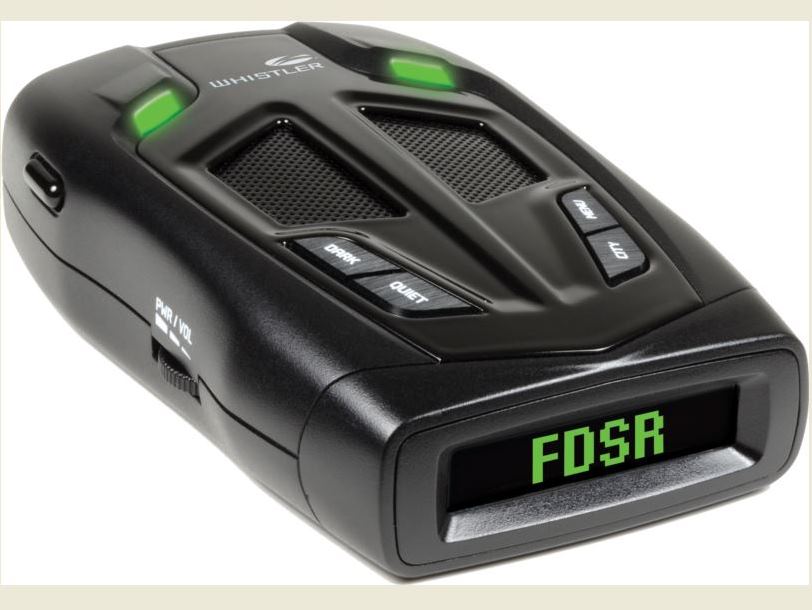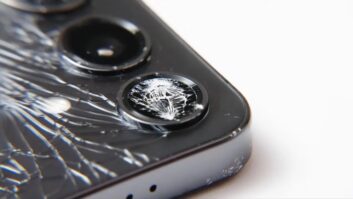
The roadways are getting crowded with RF noise that makes radar detectors light up and chirp, but Whistler Group thinks it has a solution for the latest type of RF pollution.
New Whistler radar detectors have been designed to reduce false alarms caused by other vehicles’ radar-based collision-avoidance and blind-spot detection systems, also known as Advanced Driver Assistance Systems (ADAS), the company announced. The systems, increasingly available in new cars, can generate false K-band alerts.
All of Whistler’s 2016 radar detectors, available starting May at $49 to $199, will feature Field Disturbance Sensor Rejection (FDSR) technology to “quickly and reliably distinguish” between K-band police-radar signals and K-band radar signals from car safety systems, said marketing manager Wendy Taylor.
Rather than completely filter out the signals, however, the radar detectors display the acronym FDSR on their displays without emitting an audible alert. The signal-strength indicator also light up to help determine proximity to the source.
The detectors aren’t designed to completely eliminate all alerts from the systems because “there is the risk that by doing so you could reduce the ability to receive the CW [police-radar] signal,” Taylor said.
FDSR will accompany other false-alert detecting technologies bundled into a package called Whistler’s Advanced False Alert Detection System, which will be available on all new 2016 Whistler models. The technologies include TFSR (Traffic Flow Sensor Rejection) and multiple filter and city modes.
Traffic-flow sensors typically use the K band to detect traffic flow, Taylor said. They’re typically mounted on moveable electronic devices on the roadside. Some larger cities mount them above traffic signals. The devices emit a brief signal each minute and might not be picked up by a radar detector based on timing.
“Our radar detectors have been equipped with this technology for quite some time,” said Taylor. “It is being bundled with FDSR to now have a complete system to detect these false alerts.
Whistler’s false-alert detection system also includes multiple filter modes to filter out certain frequencies. Three city modes – city, city 1 and city 2 – are included compared to one model used by competitors, Taylor said. “Many things like automatic doors, traffic video cameras and other electronics can operate on the X band and create false alerts,” she explained. “The city and city 1 modes offer you the opportunity to filter out levels of X-band sensitivity, with city 2 completely turning off X-band detection. Most police radars currently no longer operate on X band. Most detectors now use K or Ka band.”
Separately, select Whistler radar/laser detectors differentiate the pulses per minute (PPM) emitted by the lasers of police laser guns versus the PPM of laser-assisted cruise-control systems.













